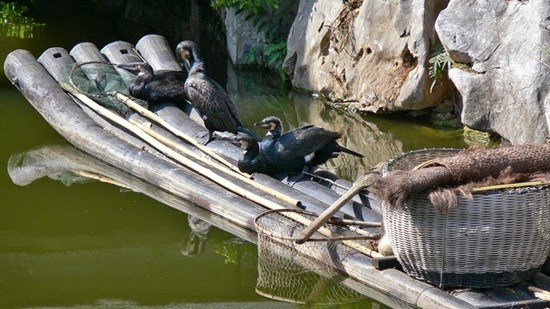
Throughout human history, people have taken advantage of animals and used them as aids in a wide variety of jobs. They have played a huge part in our development as a species and have allowed us to carry out tasks that would not have been possible without their help. You just have to look at activities such as farming, travelling, and guarding to see how useful animals like horses and dogs have been.
However, despite their everyday use, there are a few surprising jobs they have done that are not well known. Here are some of the oddest and most obscure tasks humans have made animals do through history.
10. Glow Worms For Light
During World War I, soldiers faced a problem regarding how to read maps and orders in the dark. Trenches were generally unlit to prevent providing easy targets for the enemy to aim at, and using strong artificial light was unsuitable for the same reason. In any case, technology during that time was not sufficient to allow soldiers to carry portable torches around with them.
The answer the British services came up with was to use glow worms. The worms would provide enough light to allow soldiers to read maps effectively but enemy troops could not spot them over long distances. They were also much more freely available in a time when supplies were so low, thanks to their ability to breed quickly. This made them the perfect choice to ship out to the front line.
So essential were they in the war that they were honoured along with other animals with a memorial in central London in 2004.
9. Wiring Ferrets
Wiring can be an incredibly difficult task for electricians and construction workers, mainly because the places where they need to lay the wire can be incredibly cramped or almost inaccessible. Areas that are too small for humans pose a huge problem especially when the cables have to go around twists and turns, as this makes it impossible to use conventional tools.
One solution that Boeing decided to employ was to use ferrets. By attaching the wiring to them, and enticing them through the required areas with food, they could quickly lay cables in the tight confines of an airplane. Even though the aircraft manufacture stopped the practice in the 1960′s, it is still common to find companies using ferrets as electricians, such as in 2004 when they helped to lay cables for a pop concert or by a broadband company to find broken wires underground.
8. Bee Bomb Detectors
Law enforcement agencies around the world have long been using animals to detect bombs and explosives in a number of high security locations. However, the animals usually used in these instances are dogs because of their keen sense of smell. Researchers at Los Alamos National Laboratory though have discovered another creature that is just as good if not better.
They found that bees were able to detect a number of different types of explosive after training. By using a reward system whereby the bees received sugar water when the smell of bomb ingredients were present. In the future when the bees smell those same ingredients, they will extend their proboscis alerting their handlers.
The bees also have some major advantages over dogs as they can be hidden easily from potential suspects, making them unaware they are actually being searched. Additionally they can be trained in only a couple of hours at a much lower cost, making them much more efficient to use than dogs that can take years to train. Finally, technicians can confine them to very small spaces making them ideal for portable use.
7. Ravens To Find Land
The Vikings came up with an ingenious solution to the problem of how to know which direction to travel in order to find land. As a seafaring civilization, the Vikings would spend lots of time on the water. However, they were severely handicapped when in new areas, because they would have no idea where to sail, as they were limited as to how far they could see.
The method they used was to carry a raven on board their ships and then release it when they were at sea. The bird could then fly high into the air and see much further than the Vikings themselves were capable. If the raven saw land, it would immediately travel in that direction and the boat could then follow it to shore. But if there was no land, then the bird would go back to the boat to avoid the water, effectively telling the crew they were not near to any land and they could keep sailing. There are even stories that Iceland was discovered using this very technique.
6. Military Dolphins
When most people think of animals in warfare, they will probably immediately picture horses, dogs and maybe even the elephants used by Hannibal. These all had military applications on land, with the animals used in tasks involving transport, guarding or to chasing enemies. Yet much of the action in modern military is confined to naval exercises, in seas where such animals would be useless.
That is not to say that armed forces do not utilize nature for their navies, it is just that they use different species. One of the most popular is the bottlenose dolphin, which thanks to their high intelligence, brilliant eyesight and sonar ability are perfectly suited to not only find underwater mines but also mark them so ships can avoid them in the future.
Some other activities that the dolphins are used for include guarding anchored ships from intrusion and the retrieval of lost equipment that has gone overboard. They are so effective that they actually perform much better than the high-tech equipment that Special Forces use.
5. Harvesting Monkeys
Picking coconuts is hard and long work. For the most part it has to be done by hand, as machines are incapable of doing the job. It can also be dangerous work, where it is possible for coconuts to fall out of trees and land on the heads of the pickers or for the pickers to themselves fall when climbing trees.
However, Indian and Thailand farmers began training monkeys to do the work for them. The animals climb the trees to dislodge the nuts with their owners controlling them using a long leash. The primates’ intelligence makes it possible to train them without sophisticated techniques, as they will do the job in return for rewards of food.
Not only does it eliminate the risk to human pickers but the monkeys are also far more efficient, able to pick anywhere between five and eight times what humans can in a single day.
4. Vine Pruning Sheep
Wineries have to keep a constant eye on their vineyards to ensure that they do not receive any sort of damage. Weeds can destroy crops while excess leaves can cause mildew to form which can destroy or ruin the fruit. Therefore, it is necessary for them to prune the plants regularly but this presents other problems. Doing the job by hand is arduous and can take many hours, whereas using machines is much faster but these can cause unwanted harm to the plants.
Napa Valley’s solution is to use sheep to prune the leaves. Training the sheep is as easy as putting electrically charged wires that will provide a small shock in the area where the fruit grows, meaning the sheep quickly learn to avoid these areas. They can then be set free upon the vineyards where they can prune up to 20 acres a day.
As well as pruning the vines, they will also provide excellent free fertilizer as they carry out their task, making them doubly effective.
3. Cormorant Fishing
Chinese and Japanese anglers have been using the cormorant bird as an aid to fishing since around 960 AD. By tying a small snare around the bird’s neck, they are able to prevent it from swallowing larger fish, so that when it captures fish from the sea the fishermen can bring the bird back into the boat for it to spit out its catch. The cormorant is still able to swallow smaller fish so they do not have to be rewarded with further food by its owner.
Using the animal is useful, as it would take a human doing the same job much longer to catch the same amount of fish, as the bird is far more capable with its keen eyesight and fast reactions. Training the birds is particularly easy, making it a far cheaper option than buying and maintaining expensive equipment like nets.
The practice has largely ended as a way of actually fishing, although it is still carried out in some areas as a way of attracting tourists.
2. Seeing Eye Horses
The blind almost always use guide dogs, but in some cases they simply are not suitable. Some people are either allergic or possess a fear of dogs making them unsuitable to use. To offer an alternative to this some organizations have begun to train miniature horses to act as guides for those with impaired vision.
While still relatively uncommon, having only been introduced in 1998, guide horses actually have a number of advantages over dogs that can make them perfect alternatives. They have superb eyesight and as a herd animal are exceptional at judging moving objects, ideal for crossing busy roads. The horses also have much greater stamina, allowing them to work for longer than guide dogs typically can, as well as allowing them to travel on difficult terrain more easily.
Finally, they are able to live up to 30 - 40 years. This longer lifespan prevents owners from having to go through the emotional turmoil of having to replace their guide dog every 8 to 10 years.
1. Rat Disease Detectors
Tuberculosis is a huge problem in Africa, where in the densely populated areas anyone infected with the disease can pass it on to over a dozen people very quickly. This ability to spread easily means that it is vitally important to diagnose infection as soon as possible so that people can get treatment and to minimize the risk of further cases.
Apopo is using a novel technique to test samples to see whether they contain tuberculosis, using local rats. Trained to smell samples to see if they contain traces of the disease in return for a reward of food, they can diagnose the disease 20% more accurately than traditional methods. Not only that, but they are far more efficient, able to screen more samples in an hour than a doctor would be able to in a whole day.
They are much more cost effective than training technicians are, costing just under US$8,000 each. Plus, they will live for up to 8 years. This has given hope to the goal of being able to control the disease and prevent needless deaths.
Top image: Cormorant fishing on the Lijiang River, Yangshuo, China. Credit: Andy Siitonen/Wikimedia Commons.
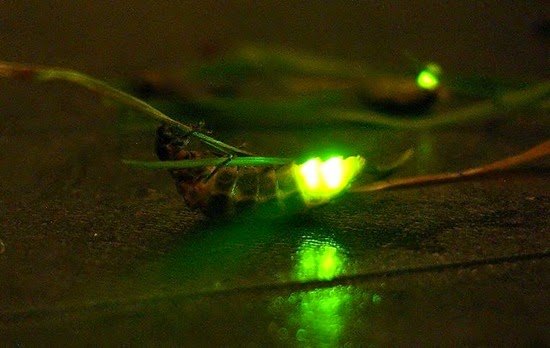
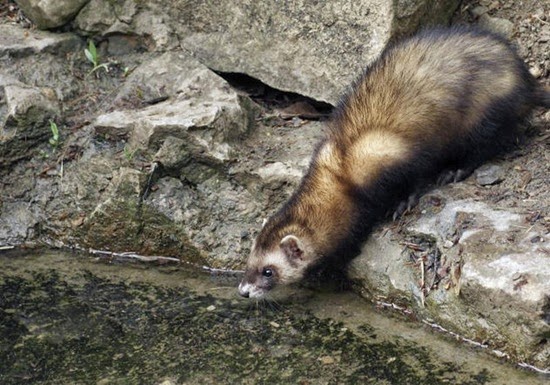
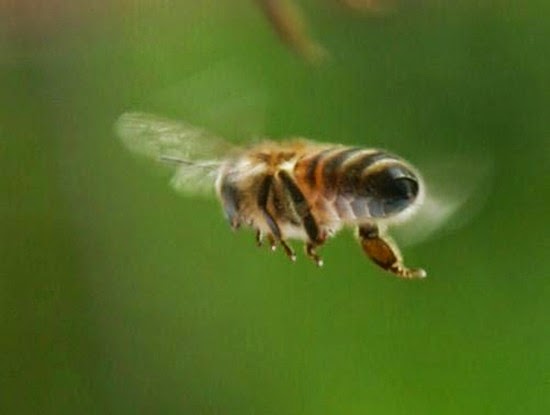
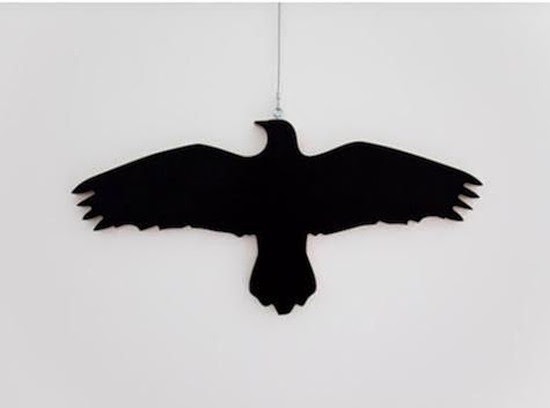
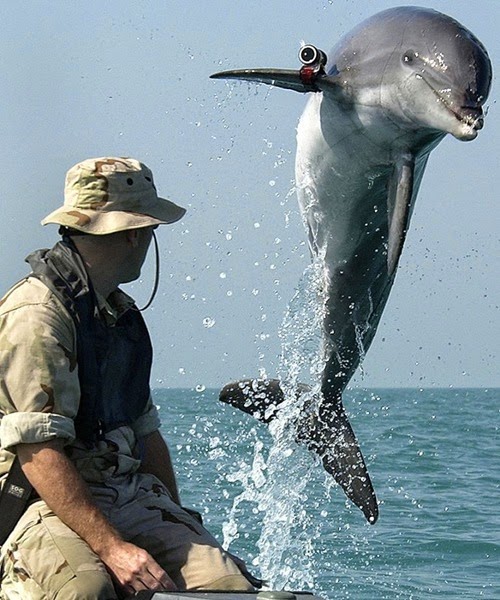
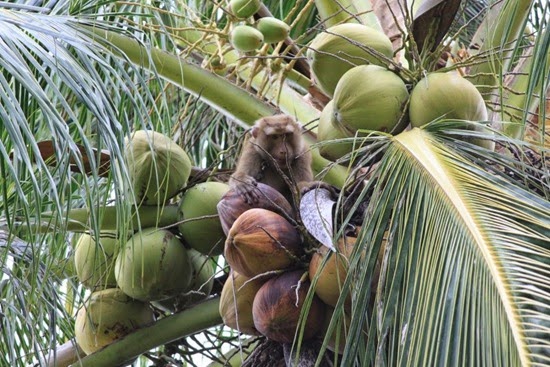



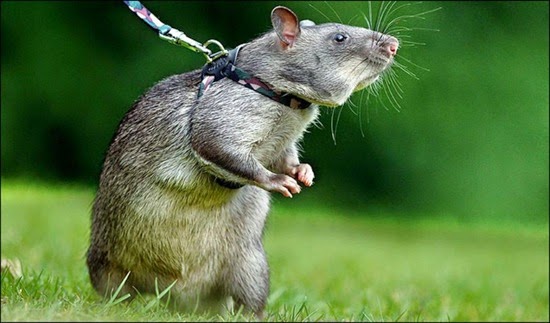
No comments:
Post a Comment
Please adhere to proper blog etiquette when posting your comments. This blog owner will exercise his absolution discretion in allowing or rejecting any comments that are deemed seditious, defamatory, libelous, racist, vulgar, insulting, and other remarks that exhibit similar characteristics. If you insist on using anonymous comments, please write your name or other IDs at the end of your message.